
Published:
Readtime: 8 min
Every product is carefully selected by our editors and experts. If you buy from a link, we may earn a commission. Learn more. For more information on how we test products, click here.
If you’ve been eyeing the Apple Vision Pro and have the cash to burn, your wait is almost over. Apple has announced the Australian release date and pricing for its Augmented/ Virtual Reality device. Prices will start from AUD$5,999, and pre-orders are scheduled for Friday, 28th June, at 10 pm AEST before the device is available in stores from Friday, 12th July, 2024. The Vision Pro took centre stage at last year’s WWDC event, marking Apple’s first foray into an entirely new product category since the Apple Watch in 2014. This article will look closer at the device, what powers it, what you can stream, and where you can buy it.
RELATED: iPhone 15 Release Date, Price, and Features Detailed for Australia.
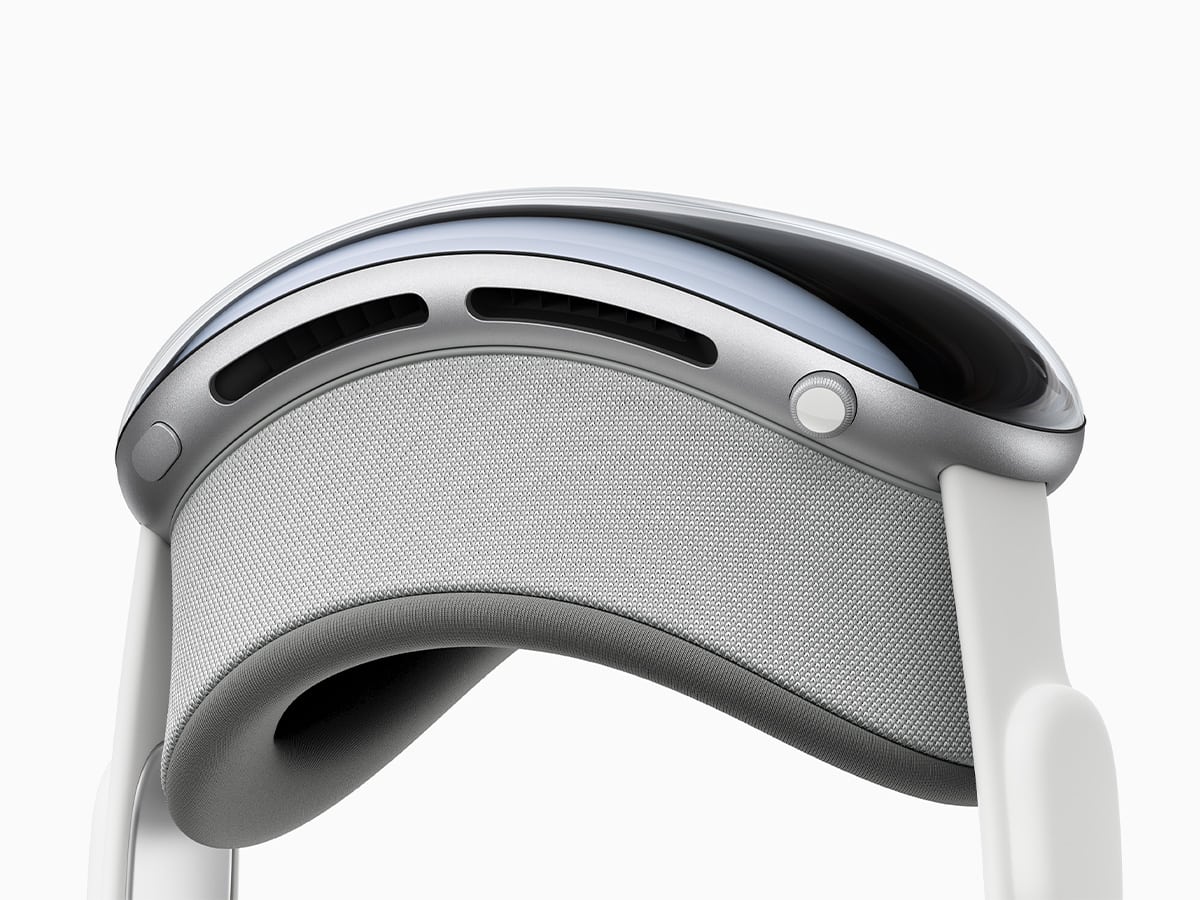
What is the Apple Vision Pro?
Pre-order date: Friday, 28th June at 10 pm AEST
Release date: Friday, 12th July
Price: from AUD$5,999
Although it’s only just landed in select global markets like Australia, the headset has been on sale in the United States since the start of the year and is being described as Apple’s “first spatial computer”, which allows users to “scale beyond the boundaries of a traditional display”. According to CEO, Tim Cook, the Apple Vision Pro opens the door to new applications and communication options among users, similar to how the iPhone revolutionised mobile phones.
In essence, the Apple Vision Pro works similarly to the contentious Meta Quest system, offering virtual reality performance in real-world settings. However, where Apple appears to have taken the edge over Zuckerberg and Co. is in the integration. Apple’s unique ecosystem allows the new virtual reality offering to blend with existing apps and connect with the user’s iPhone and MacBook for ease of use. Admittedly, the technology is in its infant stages, with Apple showcasing the integration through a Safari demo, but it must be said that the promo video does look slick.
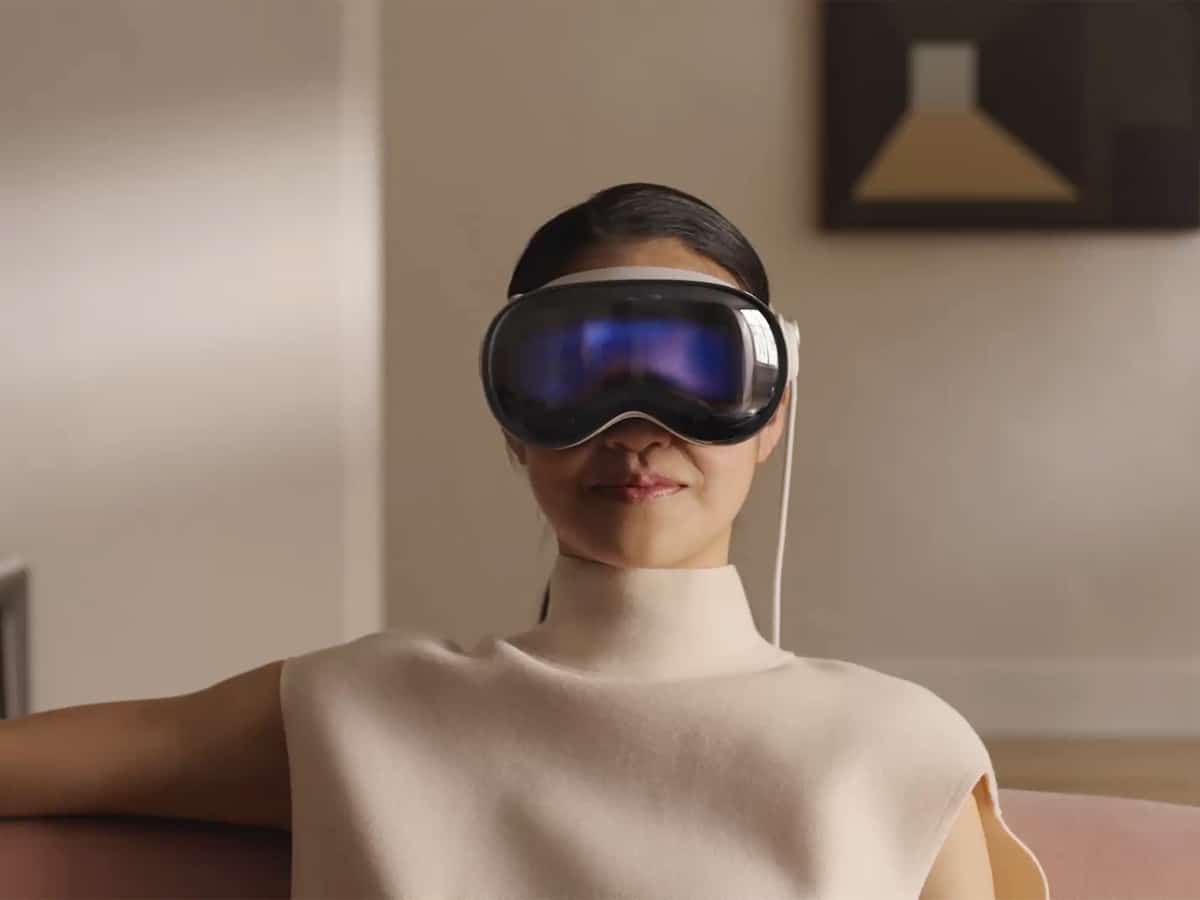
Apple appears to have nailed the ‘real-world’ side of the equation. While Meta intends to introduce us to an entirely new digital environment, Vision Pro looks to enhance our day-to-day lives with various features and familiar apps. There are no controllers, no giant monitors—just you and your headset taking on the world.
More specifically, the Vision Pro is constructed from a singular piece of three-dimensionally formed and laminated glass. This glass is then polished to “create an optical surface that acts as a lens for the wide array of cameras and sensors needed to blend the physical world with digital content.” From there, you’ll note the glass weaves around a custom aluminium alloy frame and is completed by a soft-touch light seal.
The Vision Pro boasts an impressive 4K display for each eye and allows seamless switching between augmented reality (AR) and virtual reality (VR), using a sleek dial located on the headset’s side. “This technological breakthrough, combined with custom catadioptric lenses that enable incredible sharpness and clarity, delivers jaw-dropping experiences,” Apple said. “Users with vision correction needs will use ZEISS Optical Inserts to ensure visual fidelity and eye tracking accuracy.”
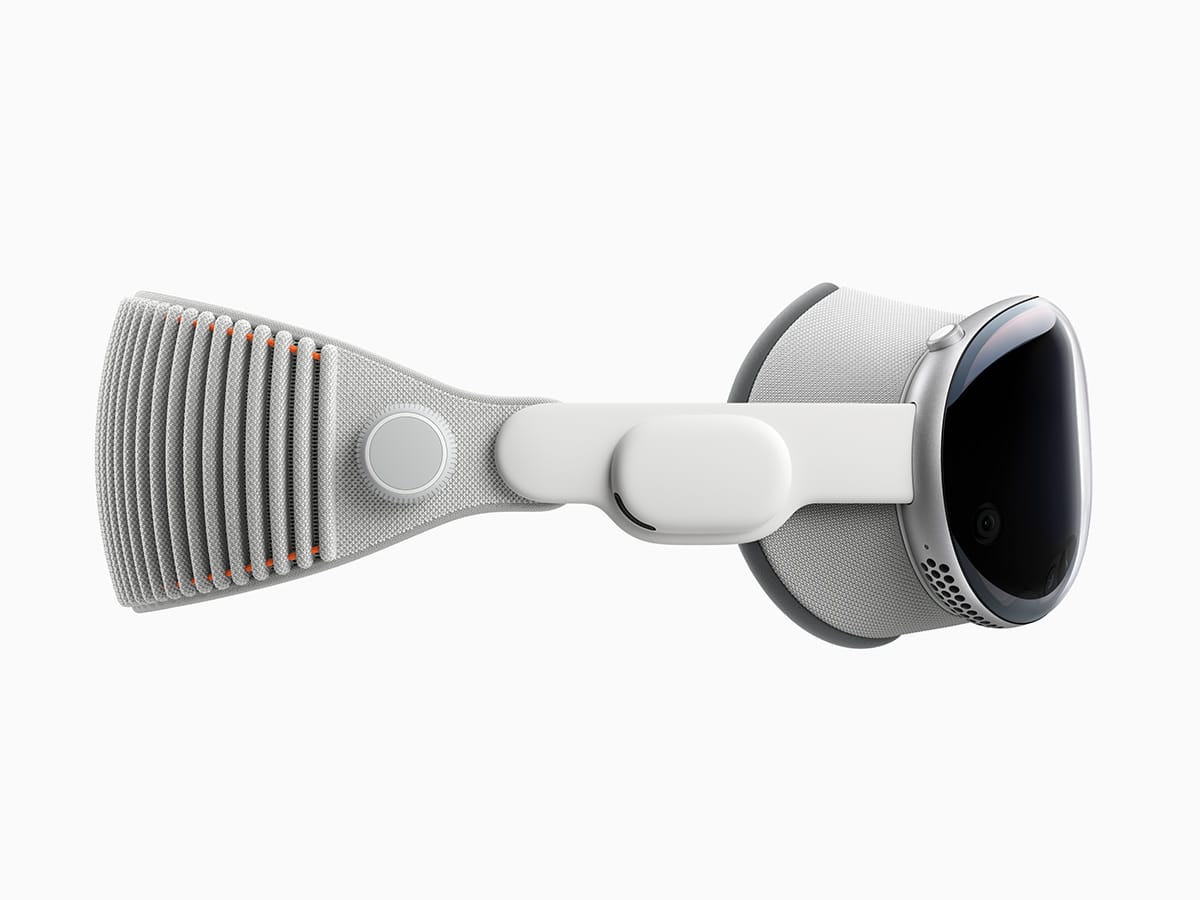
What Powers the Apple Vision Pro?
Powering the Vision Pro is a dynamic dual-chip setup, featuring Apple’s powerful M2 chip alongside the innovative R1 chip. The new R1 chip processes data from the built-in sensors, cameras, and microphones, ensuring a seamless and immersive experience. What sets these headsets apart, though, is the ability to control them with just your hands, eyes, and voice, eliminating the need for a traditional controller. For productivity or gaming, you can connect a Magic Keyboard and Trackpad or a controller.
By all accounts, this duo is responsible for processing input from 12 cameras, five sensors, and six microphones, with the R1 streaming new images to the displays within 12 milliseconds. But that’s where the exciting stuff ends. As the device is tethered, the Apple Vision Pro suffers from some serious mobility issues, imagine trying to swipe away at your favourite game only to be yanked backwards by the power cord.
Admittedly, Apple has confirmed it will come with an external battery. However, it only has 2 hours of battery life—not the best for a device designed to be worn while moving.
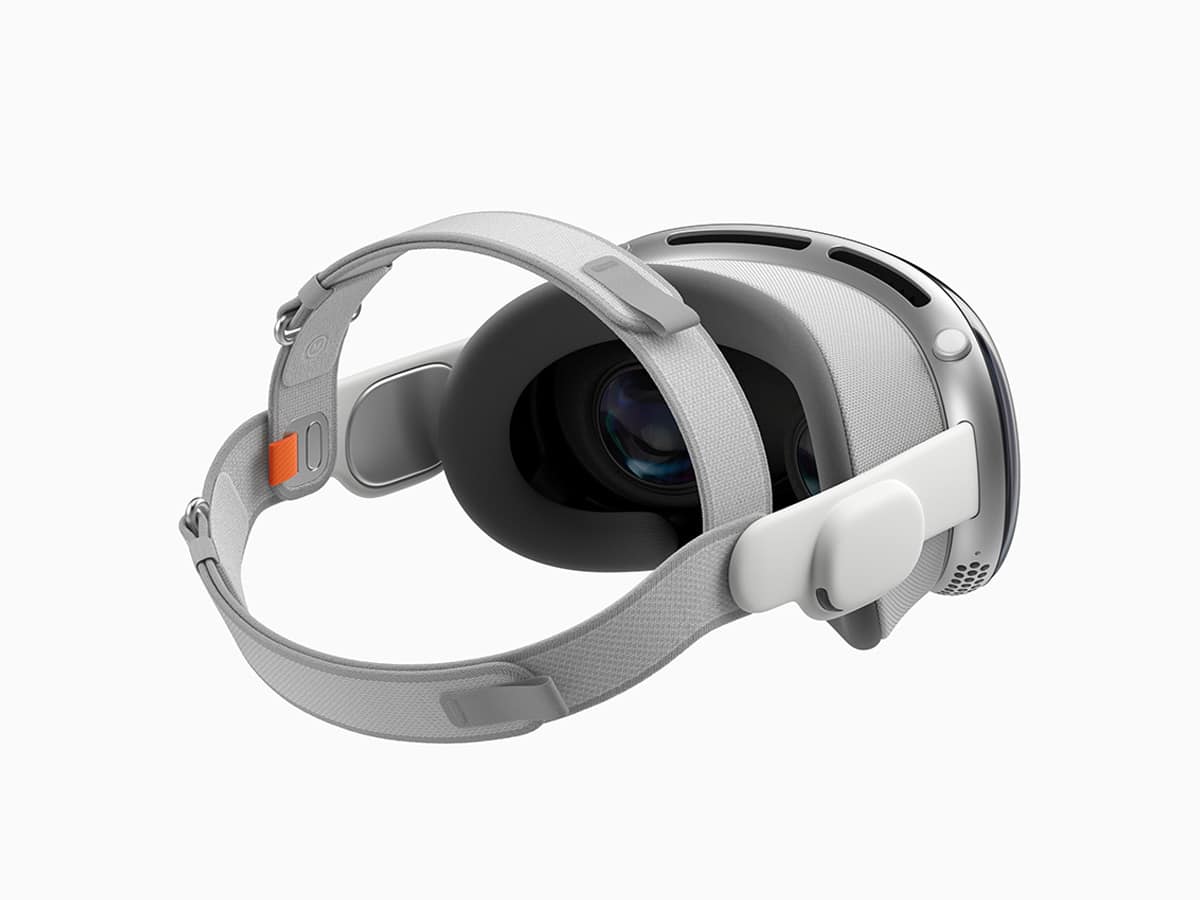
What Can the Apple Vision Pro Do?
As alluded to, the Apple Vision Pro isn’t short on features, namely around tracking and spatial recognition. Here are the main points to look out for:
- Display Integration: As per Apple, the two ultra-high-resolution displays allow the new headset to transform any space into a personal movie theatre. Designed to enhance the viewing experience, Apple Immersive Video promises to deliver 180-degree high-resolution recordings with Spatial Audio, which is a huge benefit to users. Throw in the gaming possibilities, and you’re in for a good time.
- Immersive Environments: The new Environments technology also offers users a chance to take their physical world to new heights. By twisting the Digital Crown, users can control how present or immersed they are in an environment.
- Memories: Using Apple’s first three-dimensional camera, the new headset can apparently transport you back to your memories. While that sounds like something out of Inception, the technology is very much a reality. According to the tech giant, users can access their entire photo library on iCloud, and view their photos and videos at a life-size scale. “Every Panorama shot on iPhone expands and wraps around the user, creating the sensation they are standing right where it was taken.”
- FaceTime: Naturally, FaceTime also gets a boost with the new Apple Vision Pro. When you’re on a call, everyone is reflected in life-size tiles complemented by Spatial Audio. Additionally, if you’re wearing a Vision Pro during a FaceTime call, you can be reflected as a Persona. This digital representation reflects face and hand movements in real time.
Underneath it all, the headset runs on the new operating system, visionOS. Described as a “three-dimensional interface that frees apps from the boundaries of a display,” visionOS is designed to meet the low-latency demands of spatial computing. The OS dynamically adjusts to natural light conditions, generating shadows that enhance users’ perception of scale and distance while the integration with visionOS unlocks access to a rich library of 3D titles via the Apple TV app, offering an immersive and expansive entertainment experience.
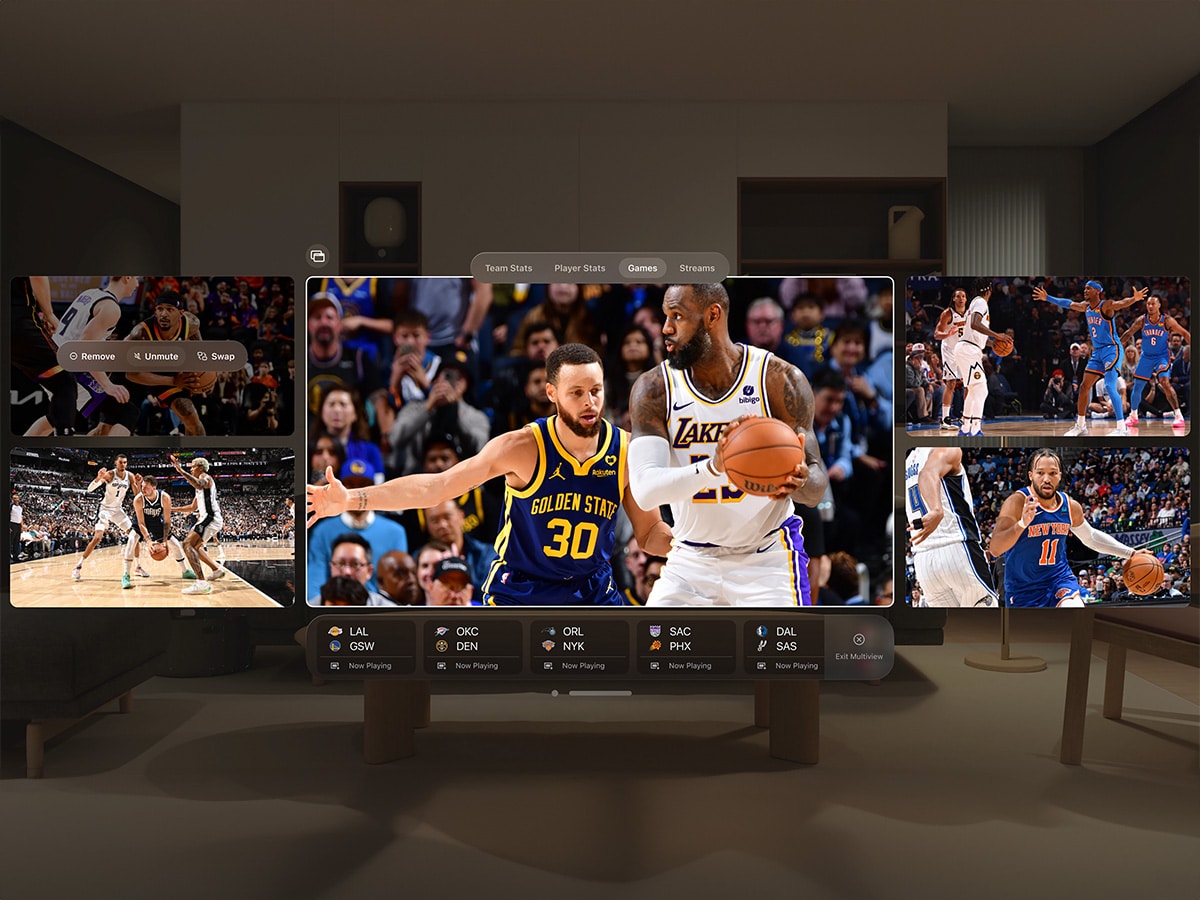
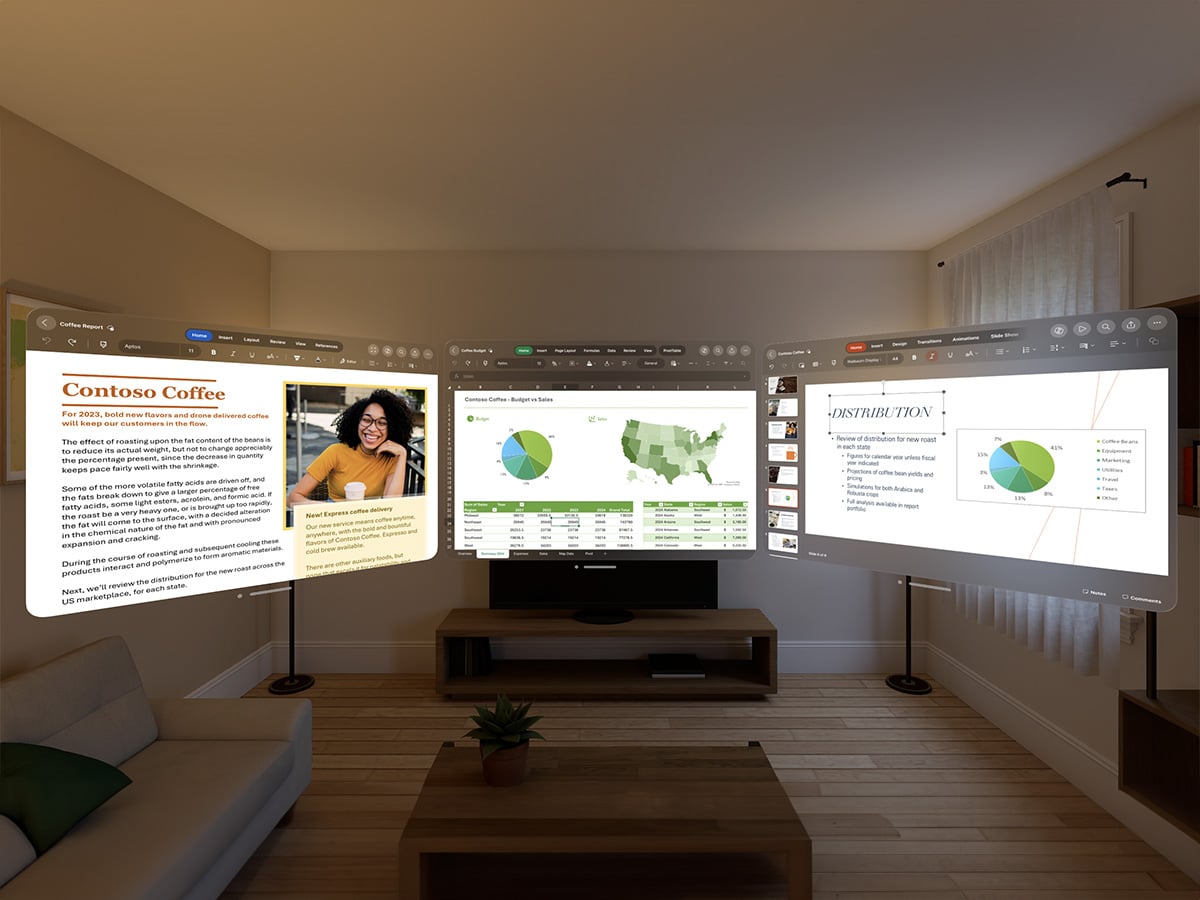
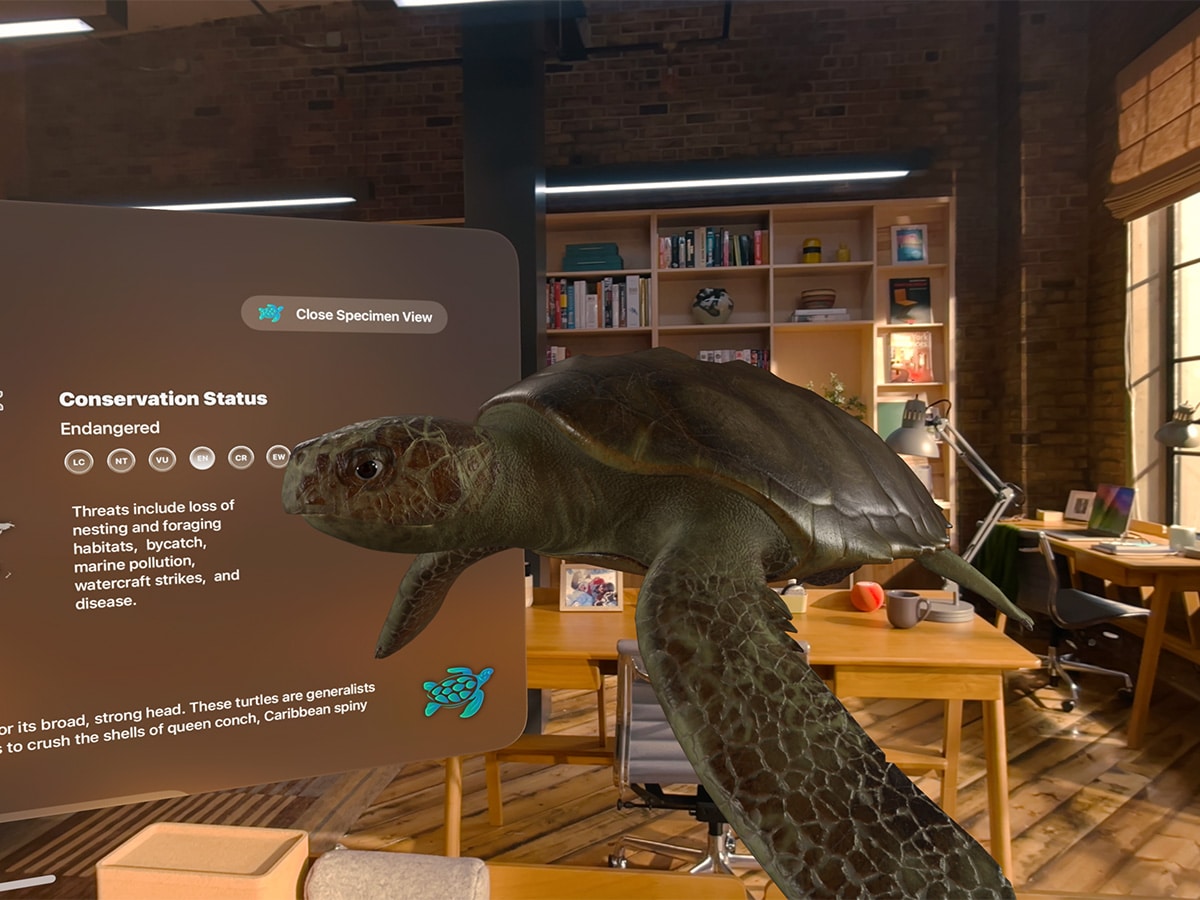
You can stream video on services that include Apple TV+, Amazon Prime Video, Disney+ with Hulu, Max, Peacock, Paramount+ with Showtime, Pluto TV, and Tubi. However, it’s unclear if Australian video apps such as BINGE, ABC iView, SBS On Demand, etc., will be available on the device at launch.
Sports streaming services through their respective apps – NBA, MLS, MLB, NHL, PGA TOUR, The Masters, UFC, World Surf League, and Red Bull TV – can be used with multiview, real-time player and game stats, live object mapping, and more bring unmatched viewing potential.
One feature that definitely caught our attention is the new eye-tracking functionality, EyeSight. The input system is controlled by your eyes, hands, and voice, effectively allowing you to browse apps by simply looking at them. You can also tap, speak and in the wise words of Kevin Gates, flicka da wrist to navigate the OS. This also acts as a personal connection tool. When somebody approaches you, the device reportedly “feels transparent”, meaning you can see them through your display. Even more excitingly, you can actually set up your Mac with Vision Pro wirelessly to create an enormous, portable 4K display.

Apple Vision Pro Release Date and Pricing for Australia
The Apple Vision Pro will be available for pre-order in Australia on Friday, 28th June, at 10 pm AEST before being released in stores on Friday, 12th July 2024. Pricing starts at $5,999 AUD for the entry-level 256GB version, but we’ve included the full list of pricing below for your reference:
- Apple Vision Pro 256GB – $5,999 AUD
- Apple Vision Pro 512GB – $6,349 AUD
- Apple Vision Pro 1TB – $6,699 AUD
If you’re travelling, you probably want to purchase the Apple Vision Pro Travel Case for $349. AppleCare+ for Apple Vision Pro will also be available for $849 and those who wear glasses can get ZEISS Optical Inserts—Readers for $169, and ZEISS Optical Inserts—Prescription for $249.
You’ll also like:



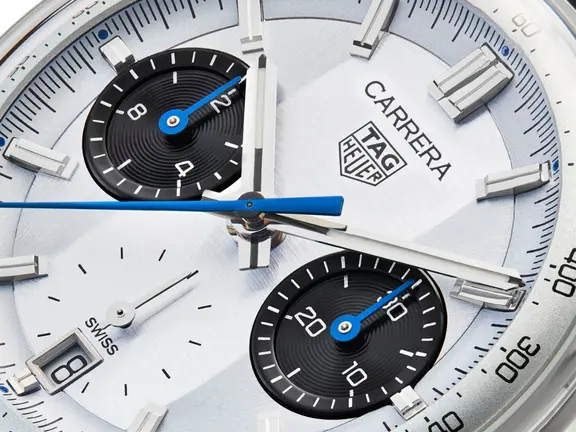
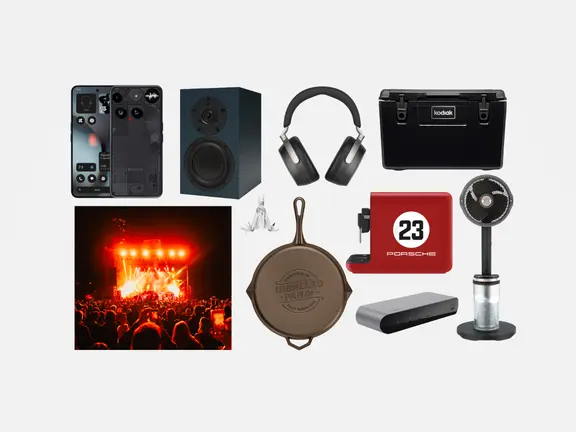

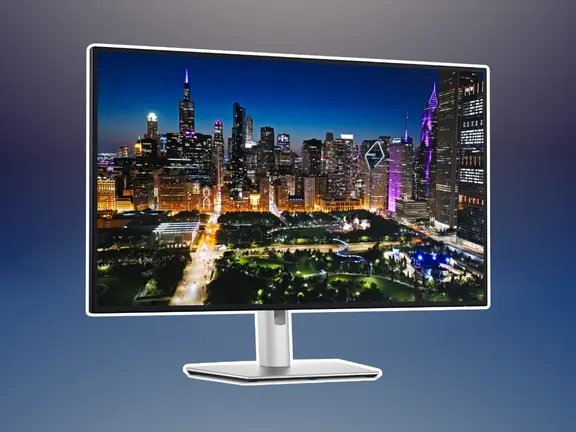

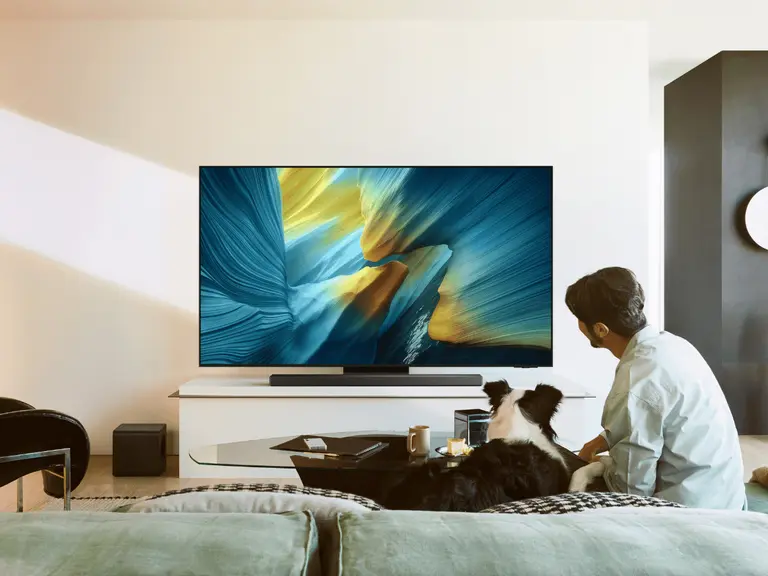



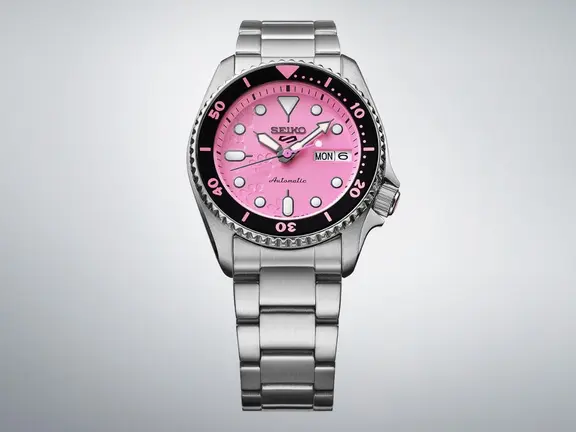
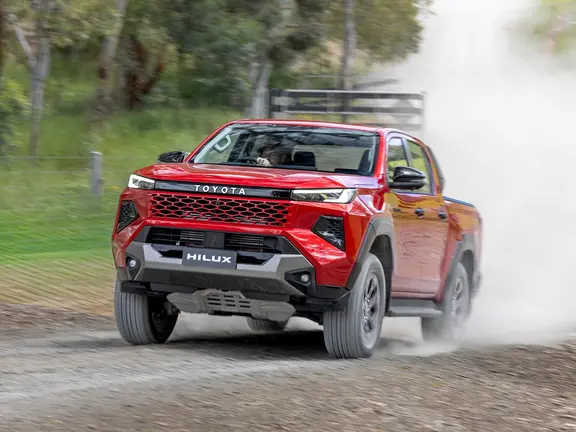









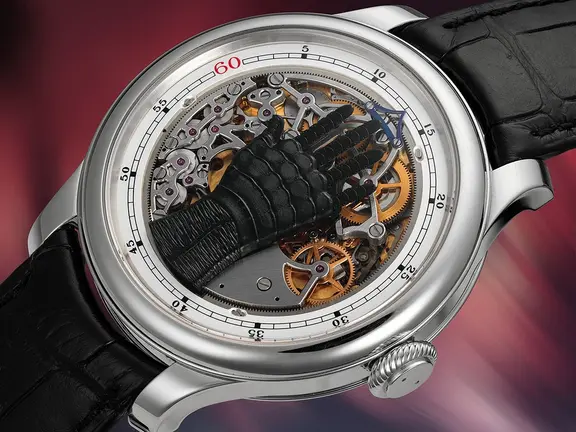


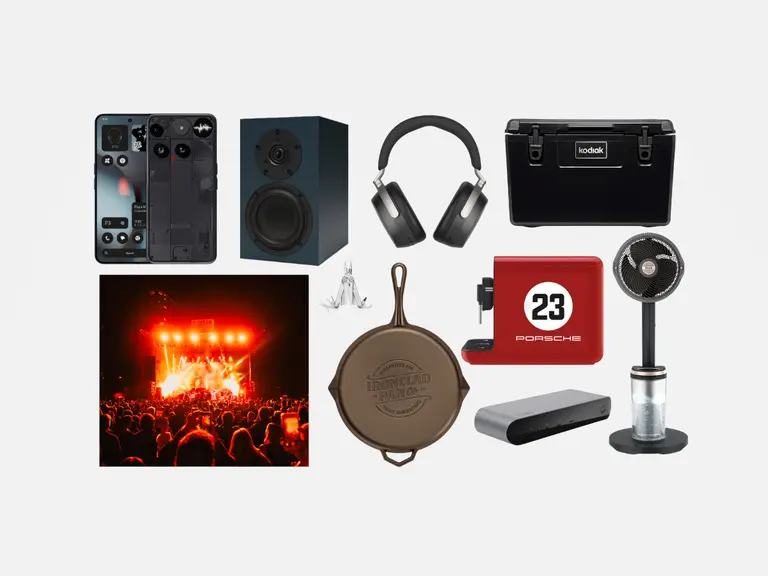


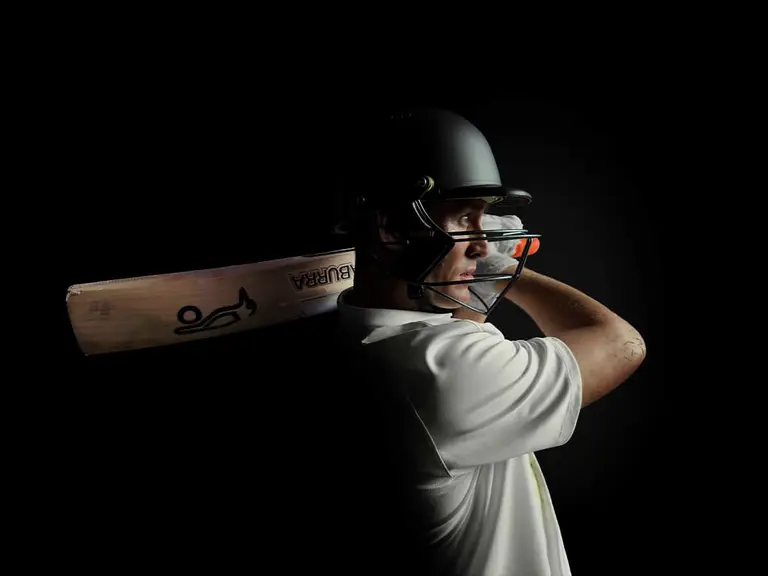

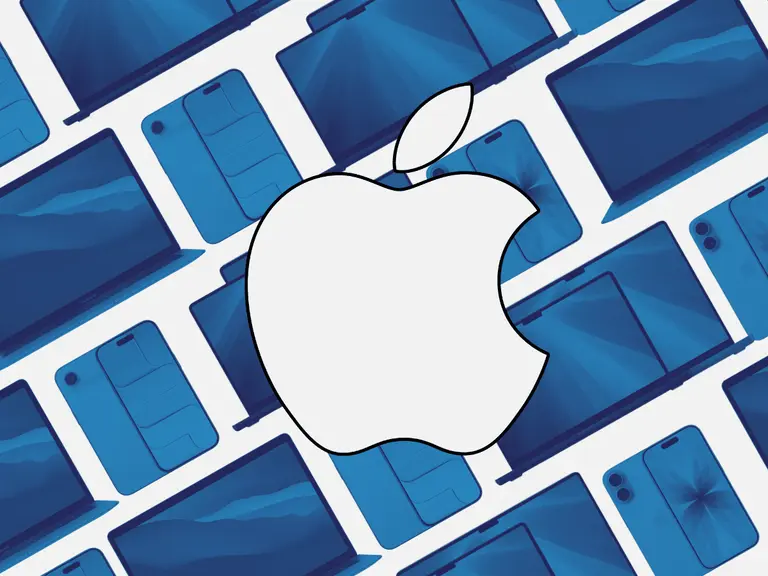

Comments
We love hearing from you. or to leave a comment.